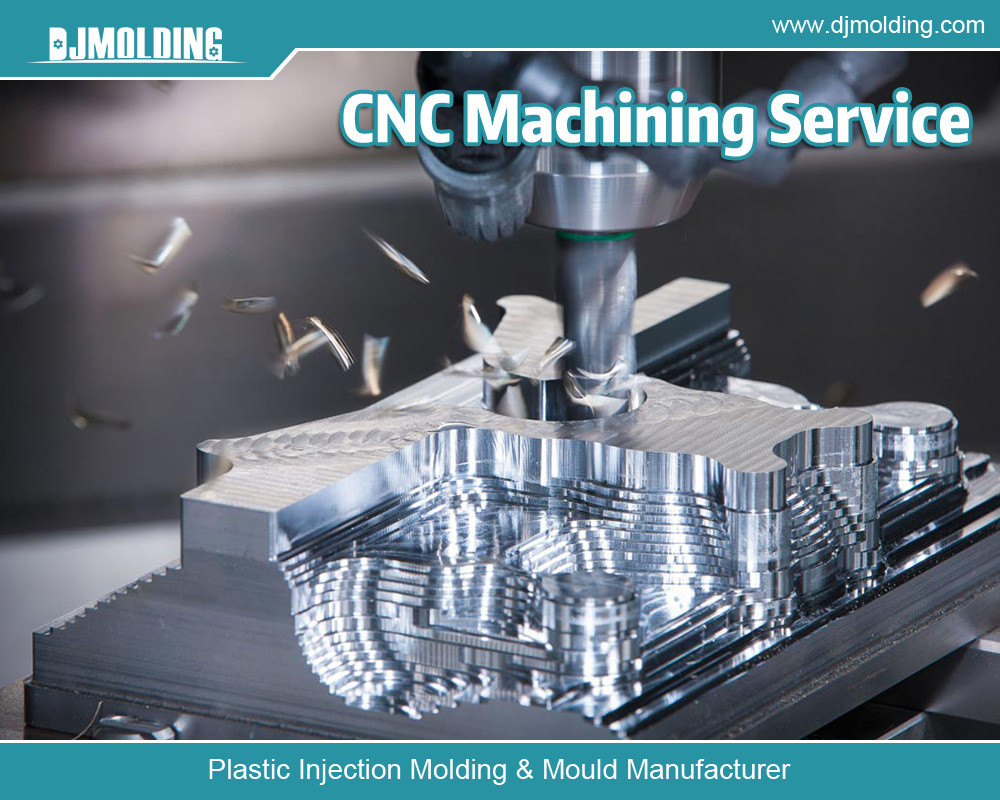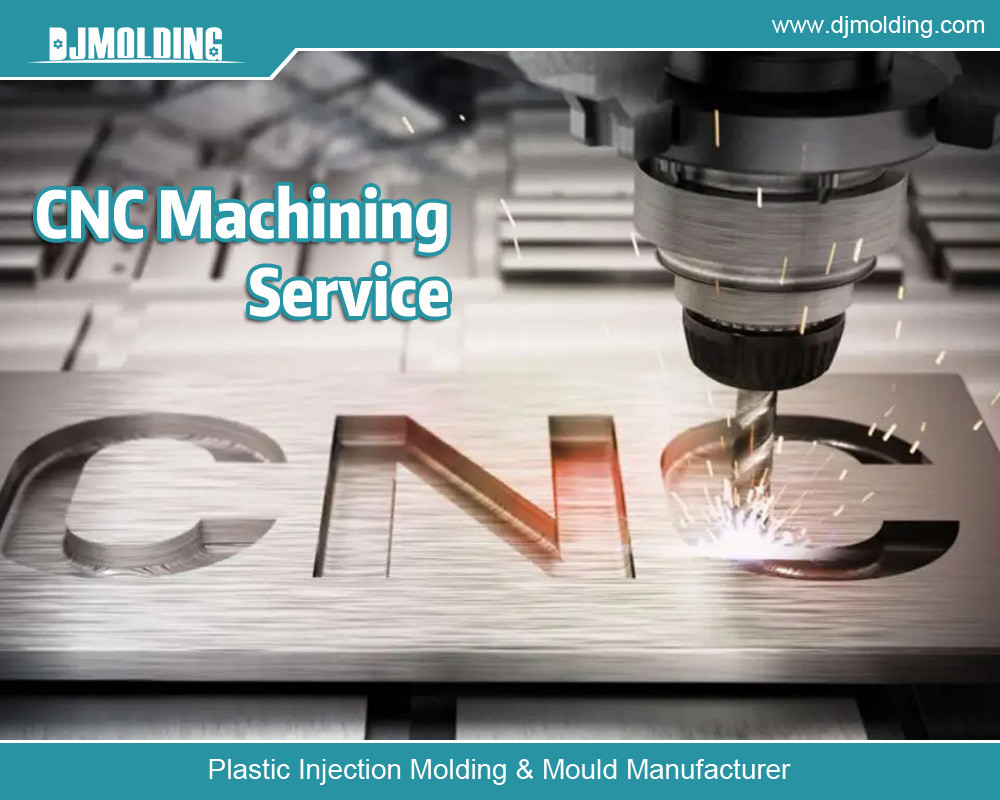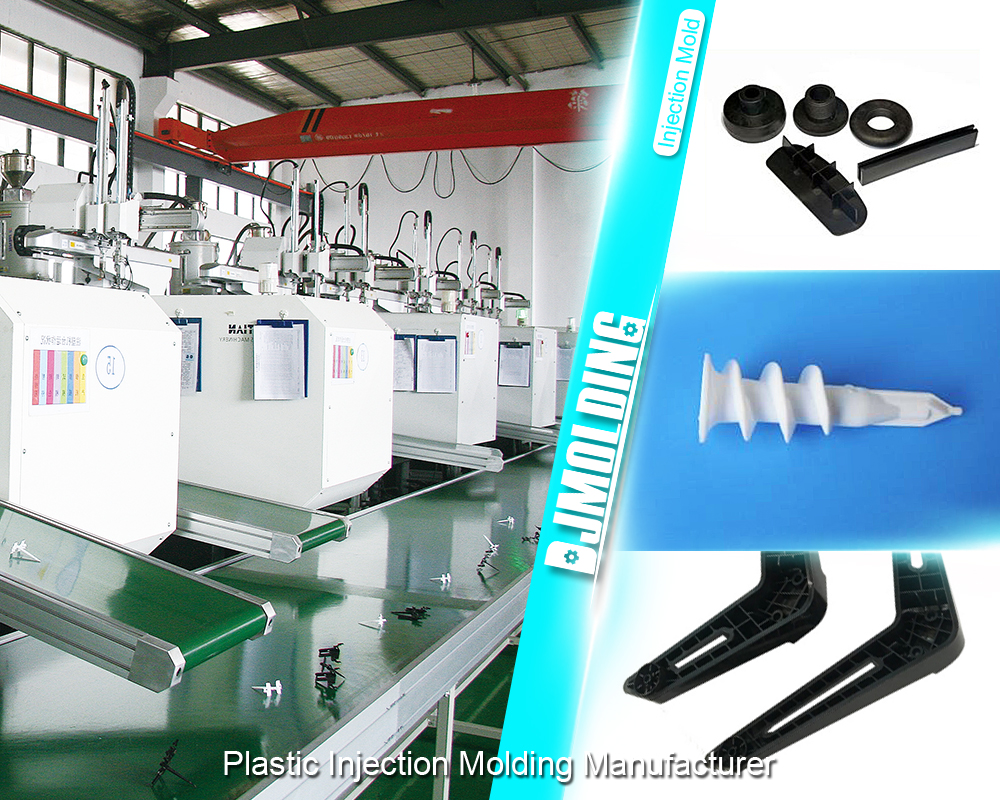Is Injection Molding Good For Low Volume Production?
Is Injection Molding Good For Low Volume Production?
Injection molding is an automated process that involves injecting boiling materials into a form with ample pressure. Generally, the material gets heated to a liquid state and then molded into the shape you desire – which is totally awesome! You can make plenty of pieces all in one go as it brings not only accuracy but also consistency.
When choosing injection molding machines, there are several varieties available: hydraulic ones known for their marksmanship and production efficiency; electric models are great if saving energy-bills (and time) matters, and hybrid concoctions mixing hydraulics’ powers with electricity’s goodness. Yet, whichever you choose – inject mold machines come nothing short of impressive!

Understanding Low-Volume Production
Are you getting a handle on low-volume Production? It’s not always easy. Low-volume production is all about creating small-scale, custom batches of something special – think the automotive business, aerospace industry, medical equipment, and consumer electronics. Depending on the product or part needed now, it can suggest either testing or catering to specific needs – especially when you need to get your prototype rolling before mass production really ramps up!
Advantages of Injection Molding for Low Volume Production
Injection molding offers several advantages for low-volume production:
Cost-effectiveness
Injection molding is an economical solution for low-run production thanks to its efficient use of materials and labor cost savings. Sure, the initial tooling strides may be a bit pricier than other fabrication methods – but hey, that’s just pocket change compared to the lower per-unit cost when you’re cranking up production.
High-quality output
Injection molding takes raw ideas and crafts them into tangible, reliable, and accurate products with a polish that can’t be beaten! It’s an incredible process that feeds off high-quality inputs to ensure consistent outcomes – everything boasting top-notch surface finish, perfection in details no matter how complex they are, and dimensions you could cut a diamond with—guaranteed quality from the first part all the way through ’til the last.
Flexibility in design
Injection molding’s abundant design flexibilities truly give engineers and designers the world! With its ability to create parts with intricate details, it can let thin walls become a reality and make complex geometries something anyone could have imagined. But the best part is that you can also play around with different materials and colors to bring your ideas to life.
Short lead times
Injection molding is a fast process when it comes to manufacturing. From getting the mold designed up to the cycle of production, you’ll have your product in little to no time! It’s so swift and efficient that you can actually witness your ideas come to fruition at a much quicker rate than other processes – talk about short lead times.
Cost-Effective Solutions for Small Production Runs
Several cost-effective solutions can be implemented for small production runs in injection molding:
Use of rapid tooling
Rapid tooling alleviates the traditional woes of mold manufacturing – think 3D printing and CNC machining, whizzing past tedious manual methods. These innovative molds are so much more cost-efficient, too, making them perfect for those short production runs that need to be done in a hurry.
Multi-cavity molds
The multi-cavity molds are a real game-changer when it comes to producing multiple parts in one go. Time and money saved are huge, especially for those smaller production runs that don’t warrant the use of costly single-cavity molds. It’s a win-win situation: less production time while still keeping costs down!
Material selection
Making the wise decision of choosing suitable materials for low-volume production is a great way to save money. Going for cheaper or recycled materials can prove to be an economical solution without sacrificing the quality of your product – now that’s a win-win situation.
Quality Control in Injection Molding for Low Volume Production
Quality checks are necessary in injection molding for small-time manufacturing runs to guarantee that all the parts created live up to their intended high standards. Some critical aspects of top-notch quality control include:
Process monitoring
Keeping tabs on the climate, pressure, and duration of the injection molding process can help you spot any differences that might compromise your product’s quality. Installing sensors and automated systems can give you this much-needed oversight so a subpar part never blindsides you. It’s like having an extra set of eyes scrutinizing your production in real-time – inevitable disparities won’t be able to slip through the cracks.
Inspection techniques
To make sure the parts are up to snuff, various assessment methods – like taking a gander, measuring sizes, and testing materials – can be done either by hand or with automated equipment. It’s best not to take any chances when it comes to quality control.
Quality management systems
By putting a reliable quality management system into practice, such as ISO 9001, you can be sure that your injection molding process runs monitored and methodically. It calls for documenting processes, frequent evaluations, and intervening with disparities without exception. With the help of this setup in place, it’s full-speed ahead to execute the production task productively and accurately.
Limitations of Injection Molding for Low Volume Production
Injection molding certainly has its perks for low-volume production, and it’s an ideal choice in many cases, but you should keep a few limitations in mind. Let’s check them out below.
Minimum order quantities
Injection molding has a bit of upfront cost attached to it – and the catch is this cost can sometimes be hefty. To even out the expenses, companies require a minimum order quantity to make sure their overall production costs stay low on a per-unit basis. You know what they say: A penny saved is a penny earned.
Tooling costs
The costs for spinning up the molds needed for injection molding can really add up – particularly for intricate components or material choices. This truthfully makes it a bit pricey to do this method for applications that only require low volumes of production runs, so you’ve got to think carefully if the inflated cost is worth it in those situations.
Lead times
Injection molding isn’t the quickest in terms of lead times, particularly when it comes to crafting molds. So, if you’re looking for fast production runs that don’t require a lot of volume? This could be a major roadblock – no two ways about it.

Conclusion
It’s clear to see why injection molding is useful for low-volume production runs. From its cost-efficient nature and high-quality outcomes to the flexibility of designs and shorter turnaround times, the advantages are undeniable. Honestly, it’s no wonder it’s so widely utilized in industries like automotive engineering, aerospace work, medical tech, and consumer electronics!
But don’t get too swept away in all this. There are a few kinks that need to be taken into account. Minimum order quantities as well as tooling costs and lead times, should all be thought about before committing to injection molding. Alternatively, though, one might consider other manufacturing processes–like 3D printing or CNC machining as well as vacuum casting- to fill those lower voluminous needs.
For more about is injection molding good for low volume production,you can pay a visit to Djmolding at https://www.djmolding.com/the-advantages-of-low-volume-injection-molding-for-small-scale-plastic-parts-manufacturing/ for more info.




